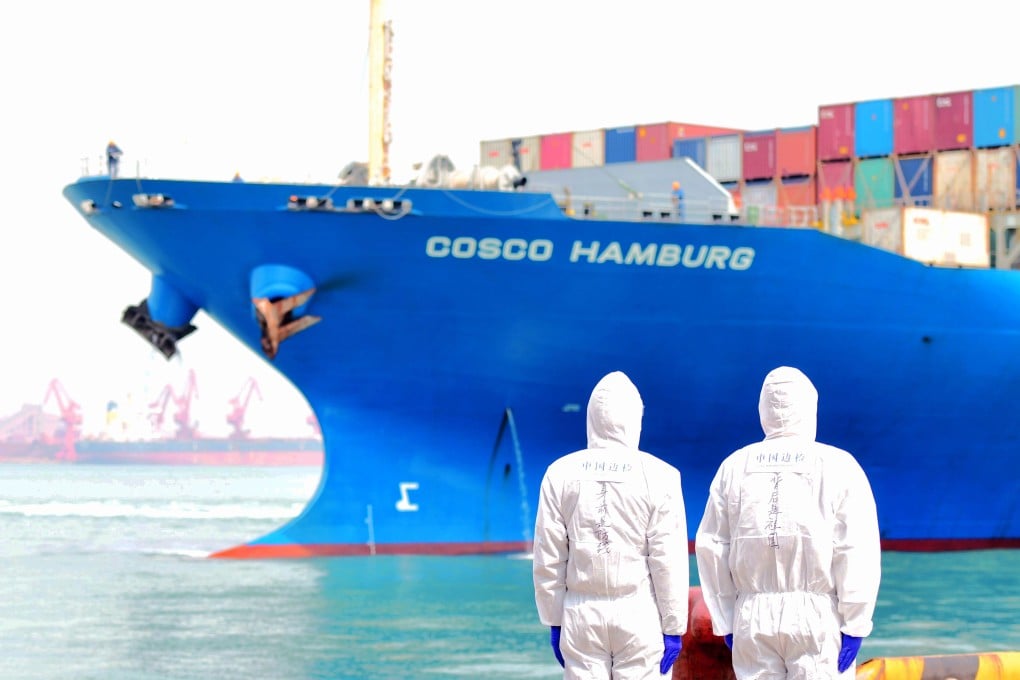Beyond the coronavirus, global shipping must meet the challenge of climate change
- 2021 will see the industry wrestle with the logistics of vaccinating 2 million seafarers to ensure their safety
- Governments and shipowners must also accelerate the move towards decarbonisation, agree on a framework to cut emissions, and put the well-being of seafarers front and centre in any plan

Even though it’s a truism that shipping is the principal force driving world trade, 2020 has thrown that into sharp relief. The shipping industry moves the vast majority of internationally traded materials (80-90 per cent), and is integral to the interlacing supply chains around the globe.
So, anything which threatens the integrity of shipping’s ability to function as normal will also threaten to disrupt markets from Shanghai to Los Angeles.
Covid-19 is the obvious culprit for the disruption that has hit the world economy this year. But in 2021, while the threat of the virus will remain, and properly preparing for recovery will be crucial, global shipping faces other challenges that must be addressed.
Otherwise, not only will the global economy suffer, but we will also risk taking a backwards step on climate change, a progressive globalised economy, and preserving the well-being of the 2 million seafarers around the world.
Here, then, are the four biggest challenges that I believe shipping will have to navigate in 2021:
First, Covid-19 vaccinations for sailors. The news that successful vaccines have been developed and are in fact already being administered in several countries is a tonic in these troubled times. In 2021, the question will move from being one of creation, to one of distribution.
